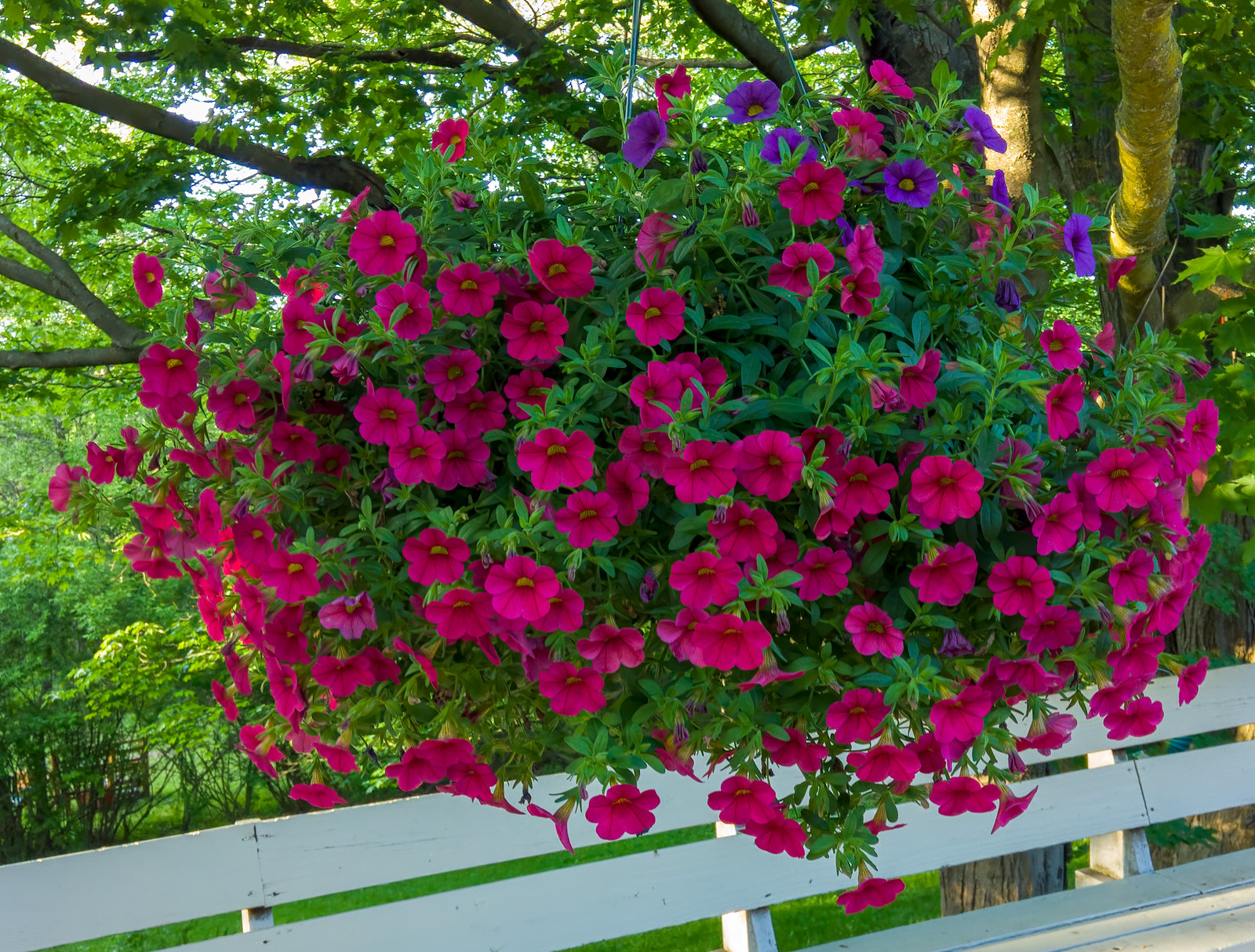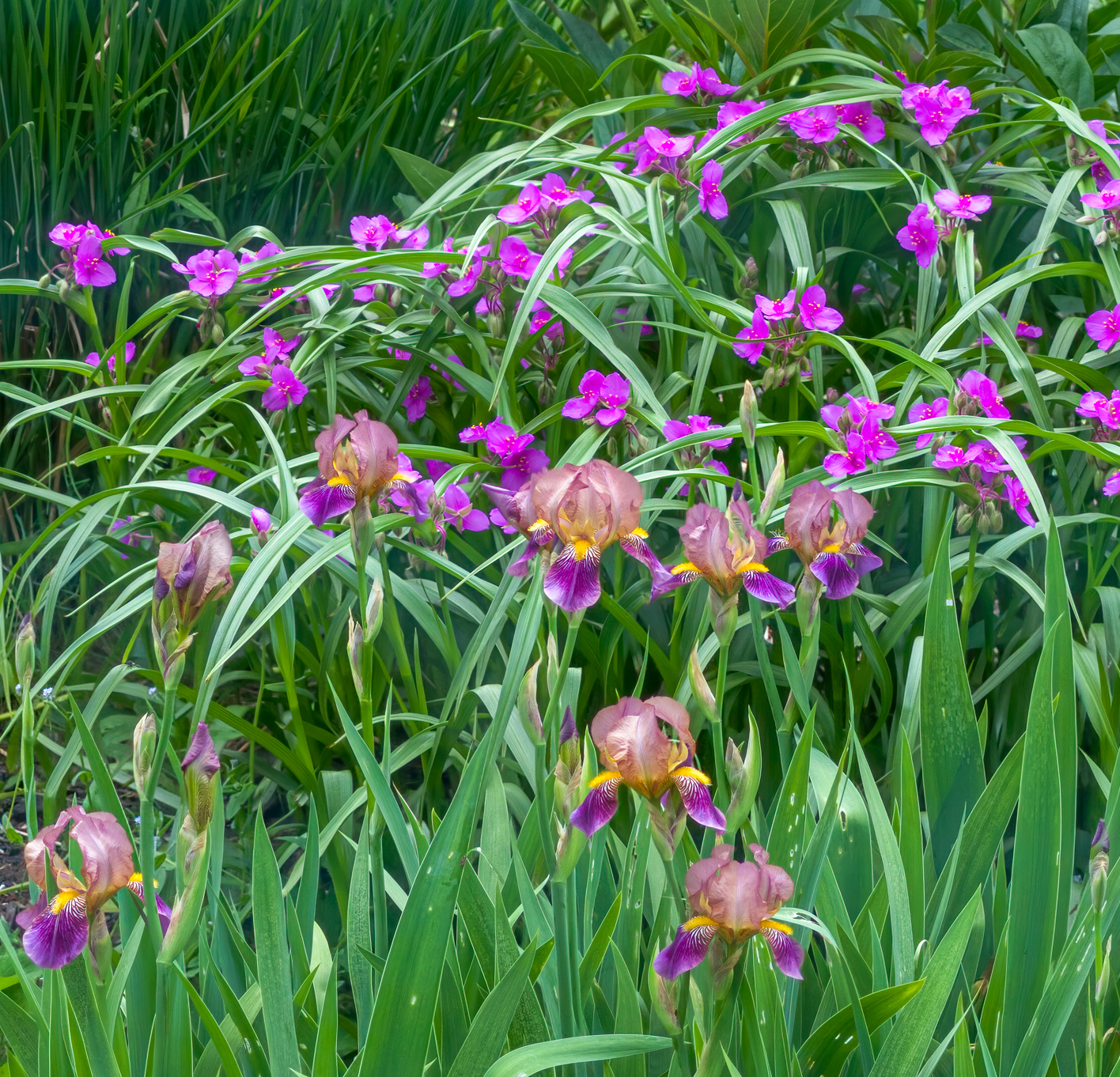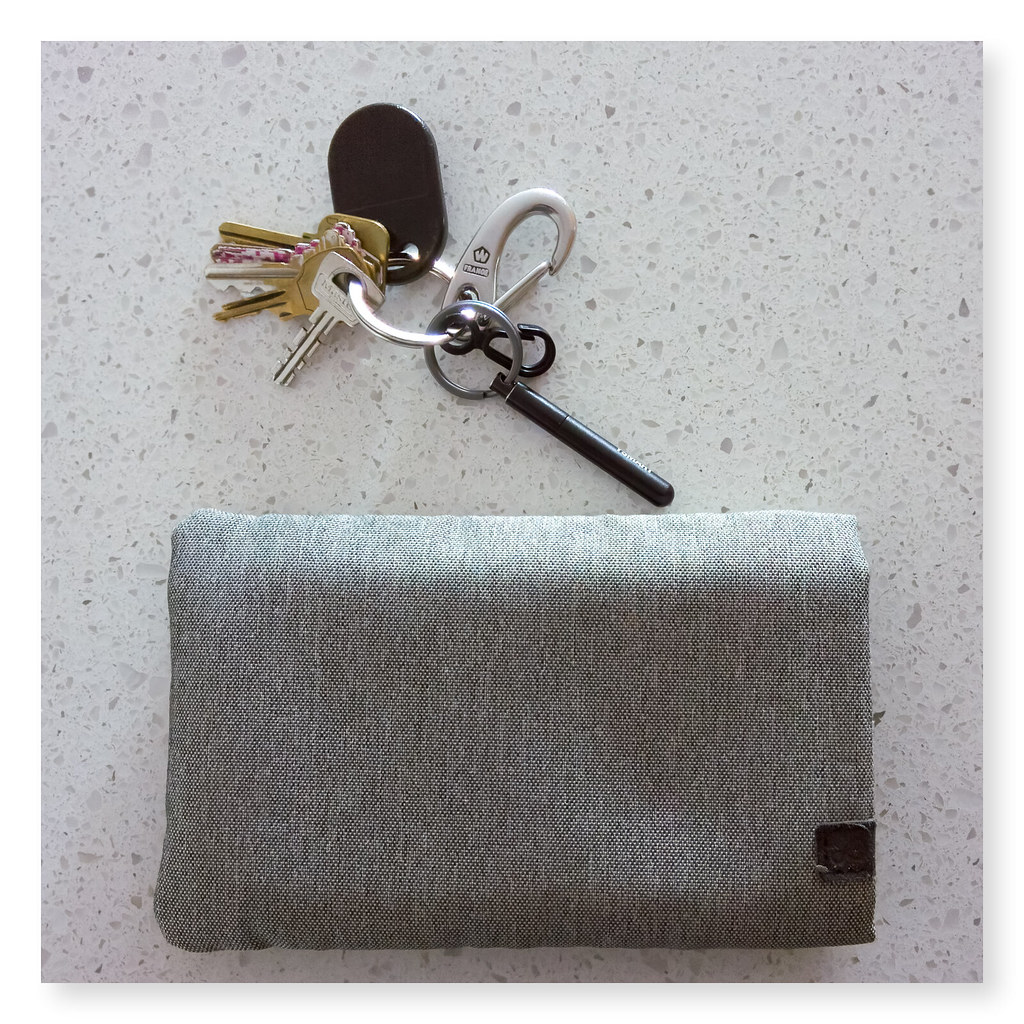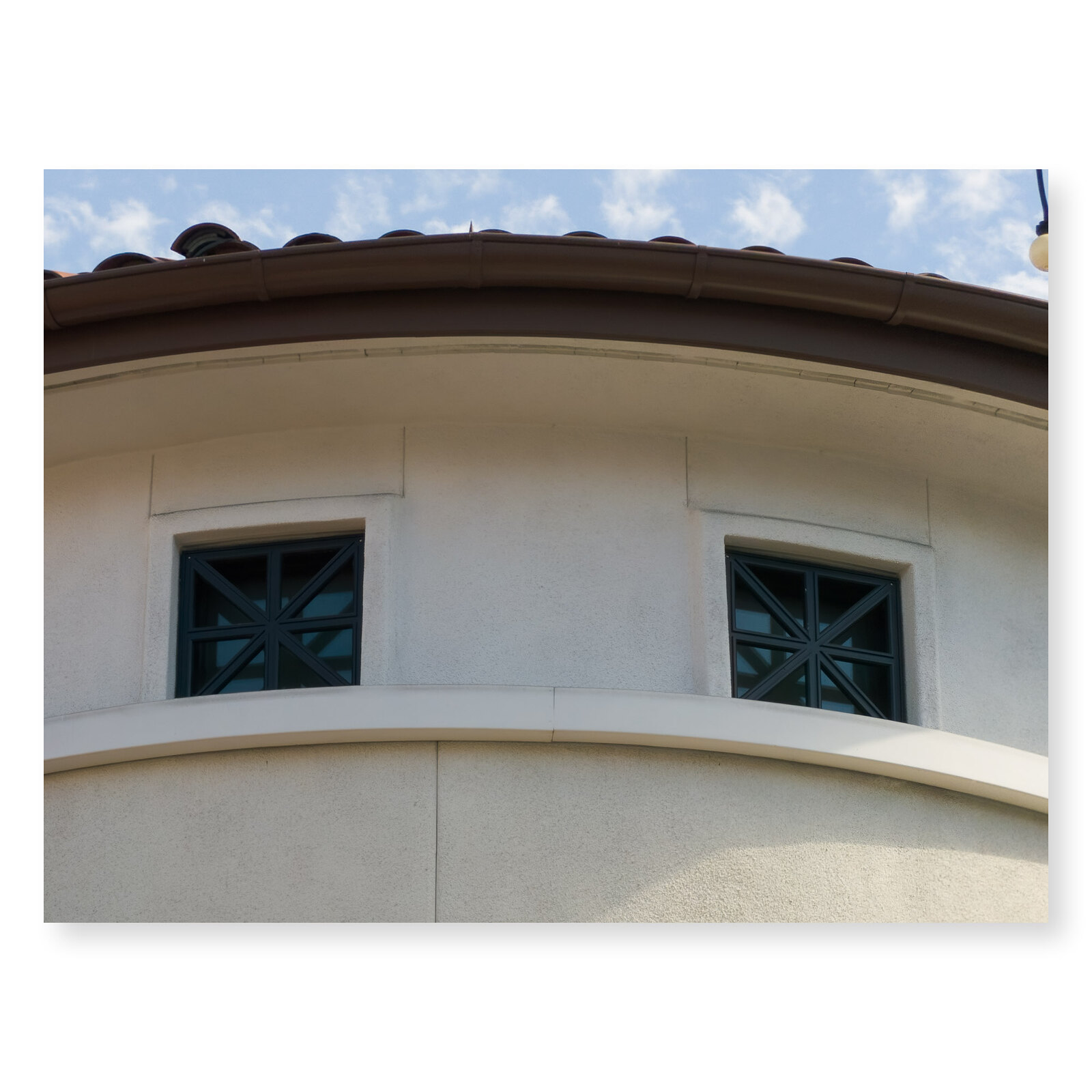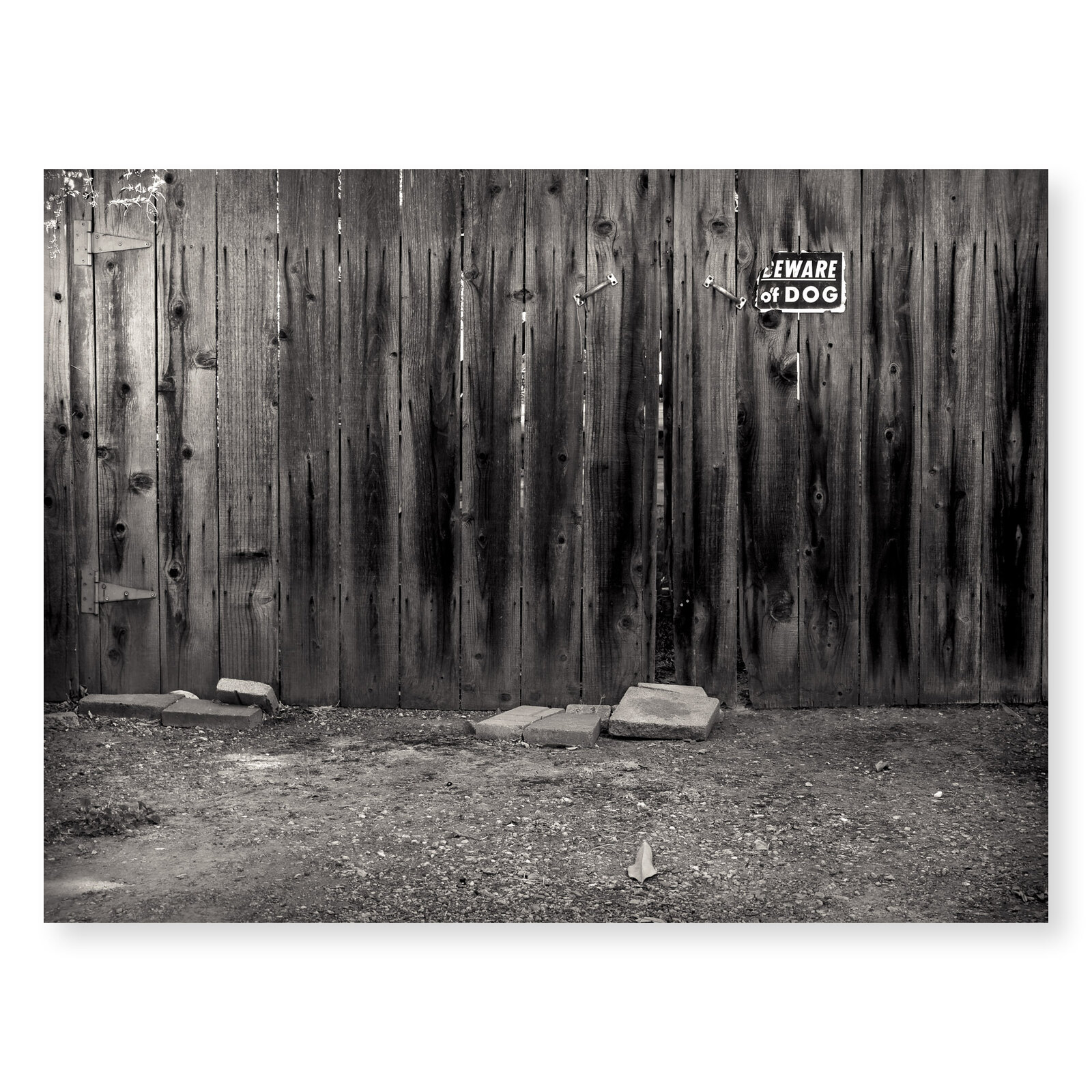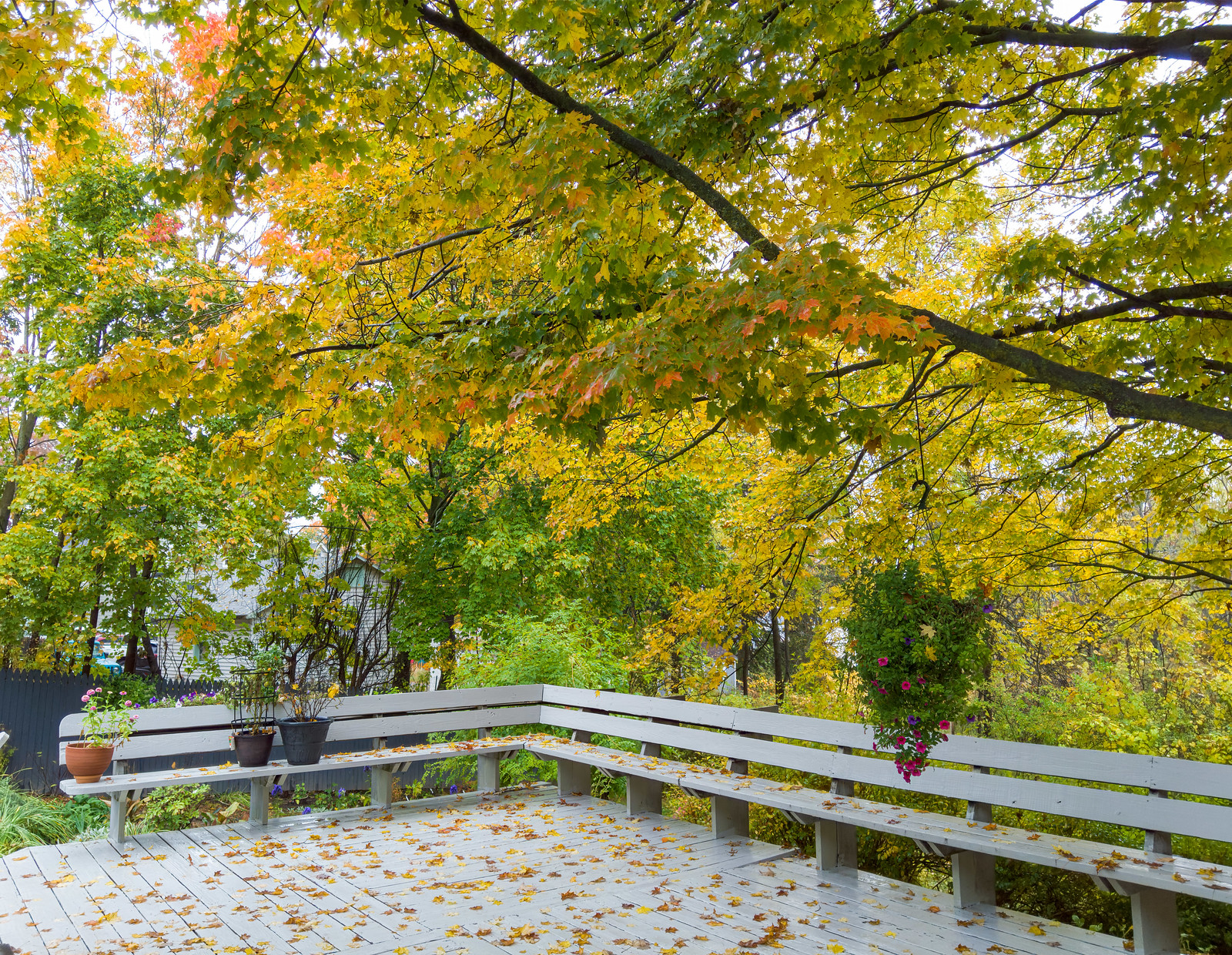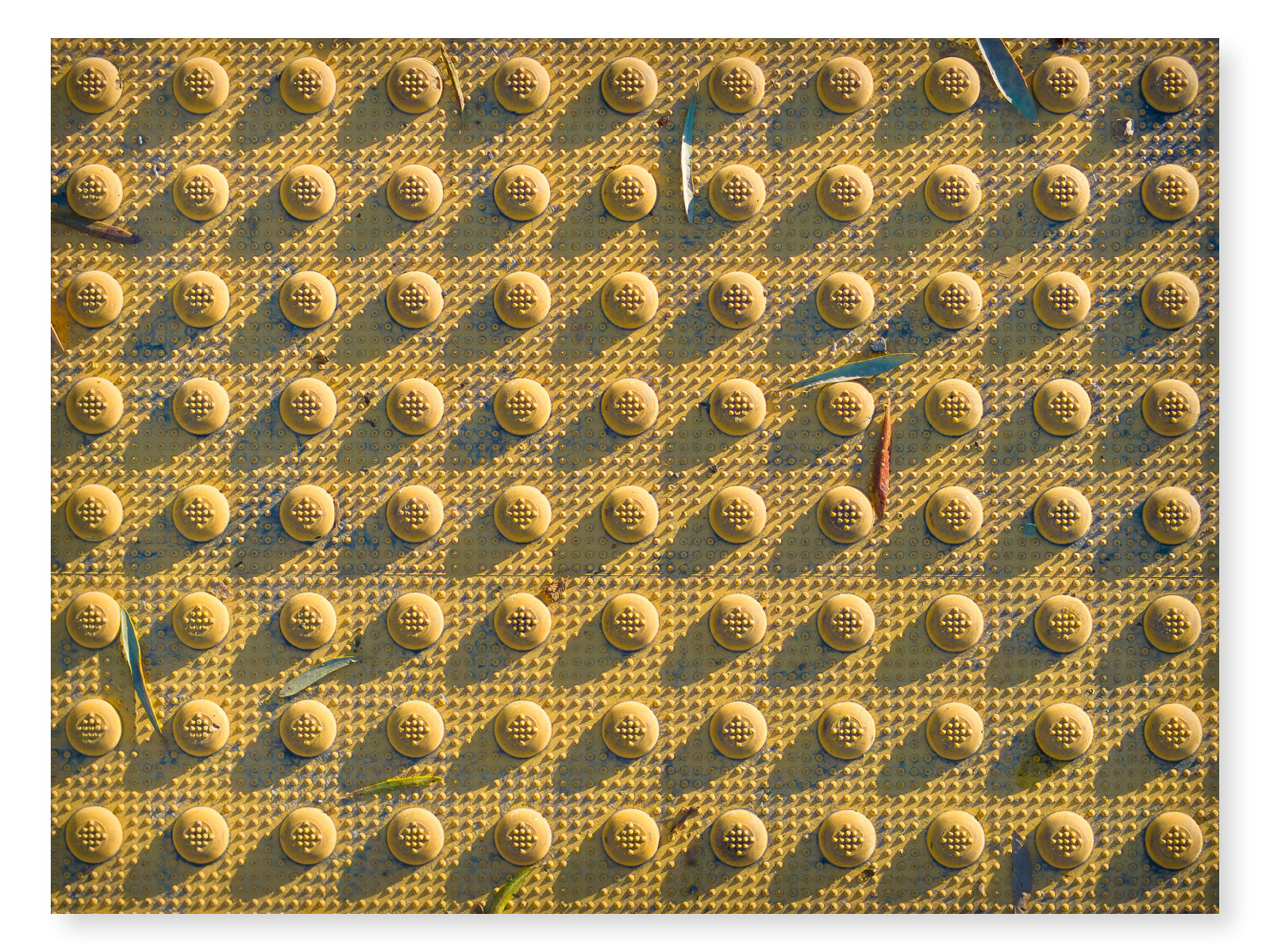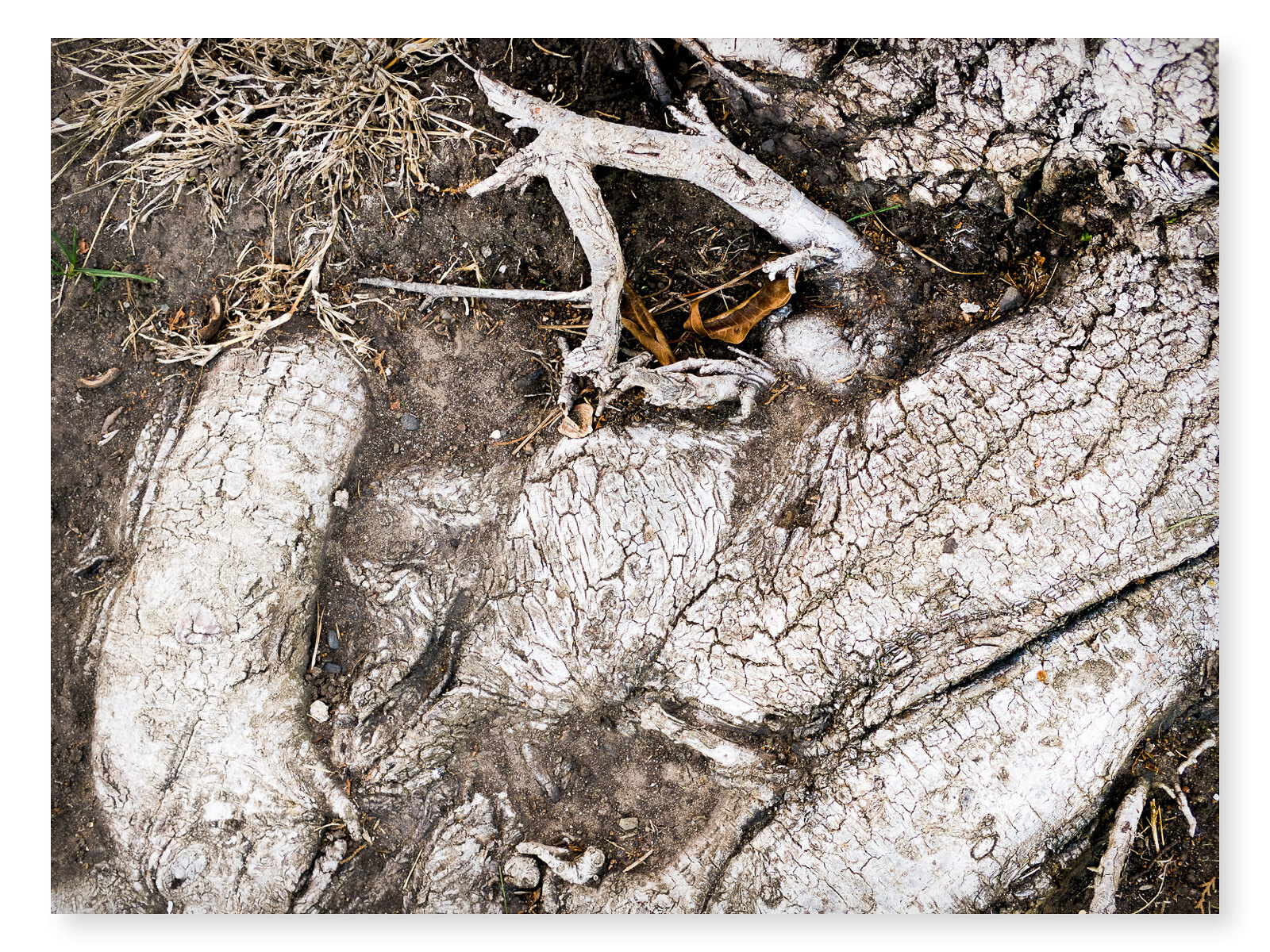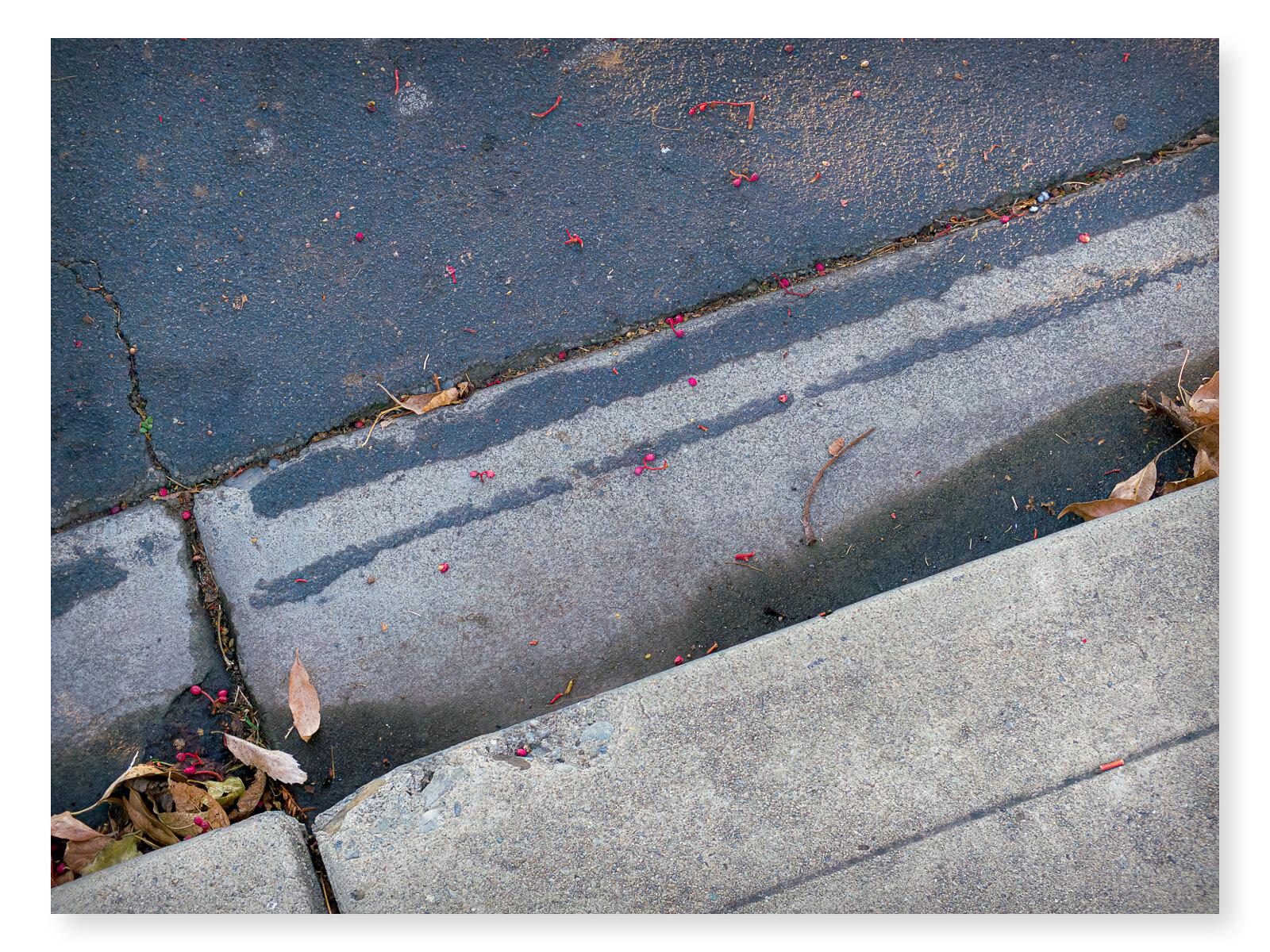Light.co has discontinued manufacturing the L16 camera. It was always intended more as a technology demonstration for their multi-camera computational photography algorithms and they have since succeeded in negotiating a large number of licensees for the technology, so their development work and income has now shifted to developing the technology further and managing licensee deliverables with a number of major camera and smartphone vendors. They announced this plan and the termination of L16 production sometime around Summer 2019, and ceased production of the L16 around the end of 2019. It's a little sad because the camera is certainly ground breaking and very nicely conceived and built, but the hardware spec (first conceived in 2014-2015) is certainly aging and it would take a major development effort to update/revise it to continue going forward with the camera itself.
That said, the camera remains a good functional piece of equipment and its required image processing tool, the Lumen app, has been updated and is still current on macOS Catalina as well as current Windows operating systems. Latest updates to the camera firmware from a year or so back include a good deal of image processing tools built into the camera as well as the ability to download and use various Android image processing apps and tools to move files direct to services like Flickr.com. So as long as I keep a macOS Catalina box running and equipped with Lumen, I'll be able to keep using the camera until the camera itself finally gives up the ghost.
My workflow with the camera is this, post exposure:
- Run Lumen on my Mac mini
- Connect the L16 to the Mac mini
- Transfer all new exposures to a new folder in my usual original image repository with Lumen
- Scan through the exposures and pick which ones I think might benefit from using some of the Lumen specific tools, primarily lens opening adjustments. The default lens opening simulation for all exposures coming into the app is f/15.4, several of my photos from any given session benefit from setting the lens opening to a wider value in order to soften the background a little. I'm not a 'razor thin focus zone' fanatic, I'm often just looking for a very light softening of the area behind my principle subject plane of focus.
NOTE: While you have some degrees of freedom in adjusting the focus qualities and zone, the best exposures made with this camera always have the correct subject plane in sharpest focus. Since it is essentially the combined images of a bunch of small sensor cameras, it's also good to be aware of what the focus range of all the cameras is to achieve that good critical focus, and to use as low an ISO setting as is feasible to promote the best dynamic range and resulting image quality once coalesced. Using the touch-point focus targeting and learning how to get the most out of it is very important to getting the best exposures.
- Once I've made the focus zone adjustments I feel might be needed, I select all the exposures and download them as DNG files at full resolution into my image file repository. Lumen does this at a leisurely pace, but is happy to work in background, so if it's a large number of exposures I just set it running and do something else until it's done.

- From that point forward, the image files are treated as all other DNG files in my image processing workflow: Imported into Lightroom Classic and rendered to a finish state.
Pixel resolution with the L16 is dependent upon focal length. It is highest at 28mm (about 70Mpixel), Nominally 50Mpixel @ 35 and 75mm, and lowest at 150mm (About 12 Mpixel). Between 35 and 75, and between 75 and 150 the pixel resolution descends on a curve. This is another factor that you have to keep in mind as you're shooting if you're looking for the best possible image quality.
It's a very interesting if somewhat quirky camera. I'm always amazed at how good the photos can be if you get the settings right ... and what it can do is sometimes very surprising in what works and what doesn't, at least until you get enough experience using it. A truly fun thing to work with, for me. The fact that it's just a little bit bigger and marginally heavier than a plus model iPhone and yet can return near-medium-format digital quality when used right makes it a wonderful choice for my travel and bicycling use.
Whether someone should get involved with one now, well, that's up to how much you enjoy these sorts of challenges with known-dead-end cameras. I find it a lot of fun.

G


